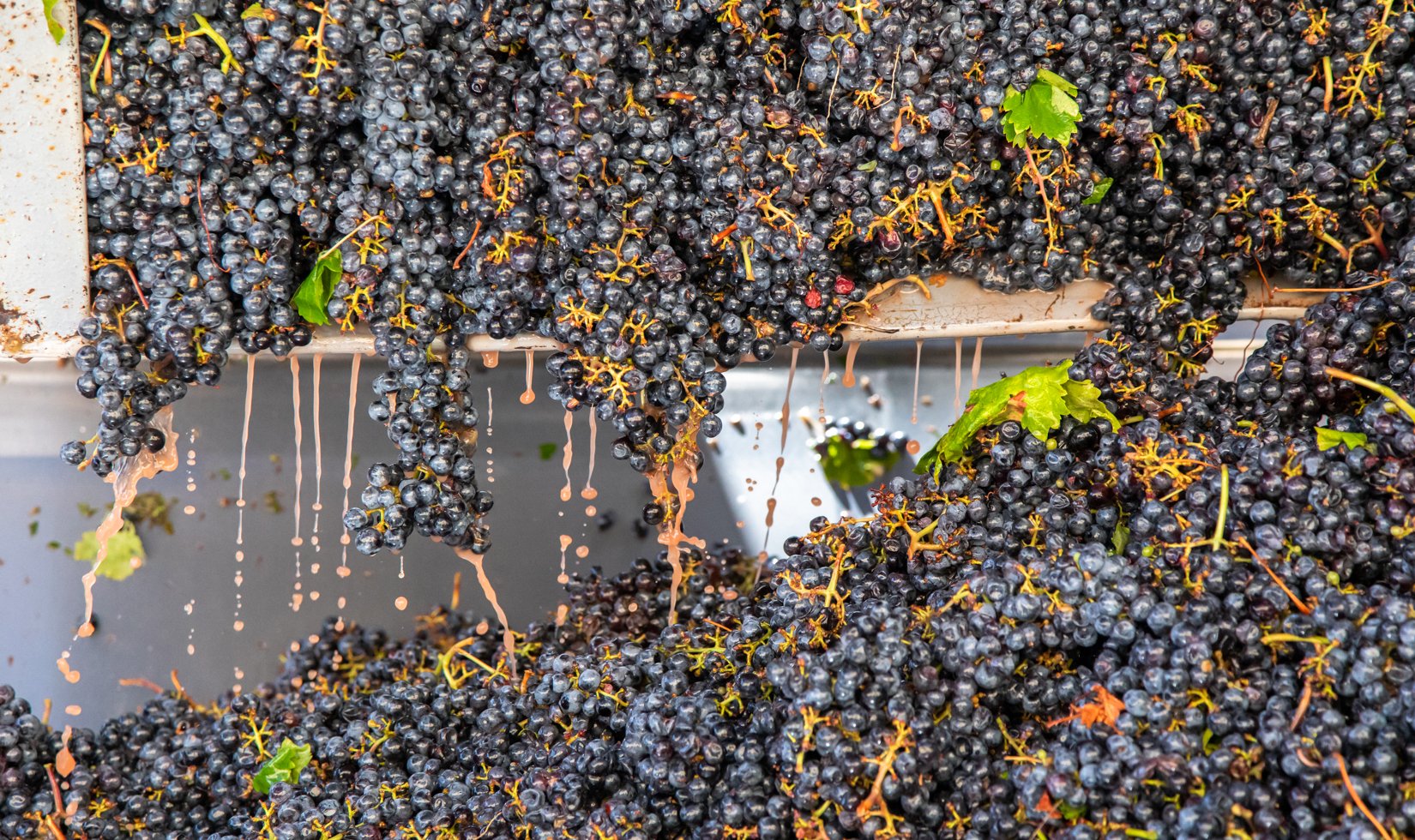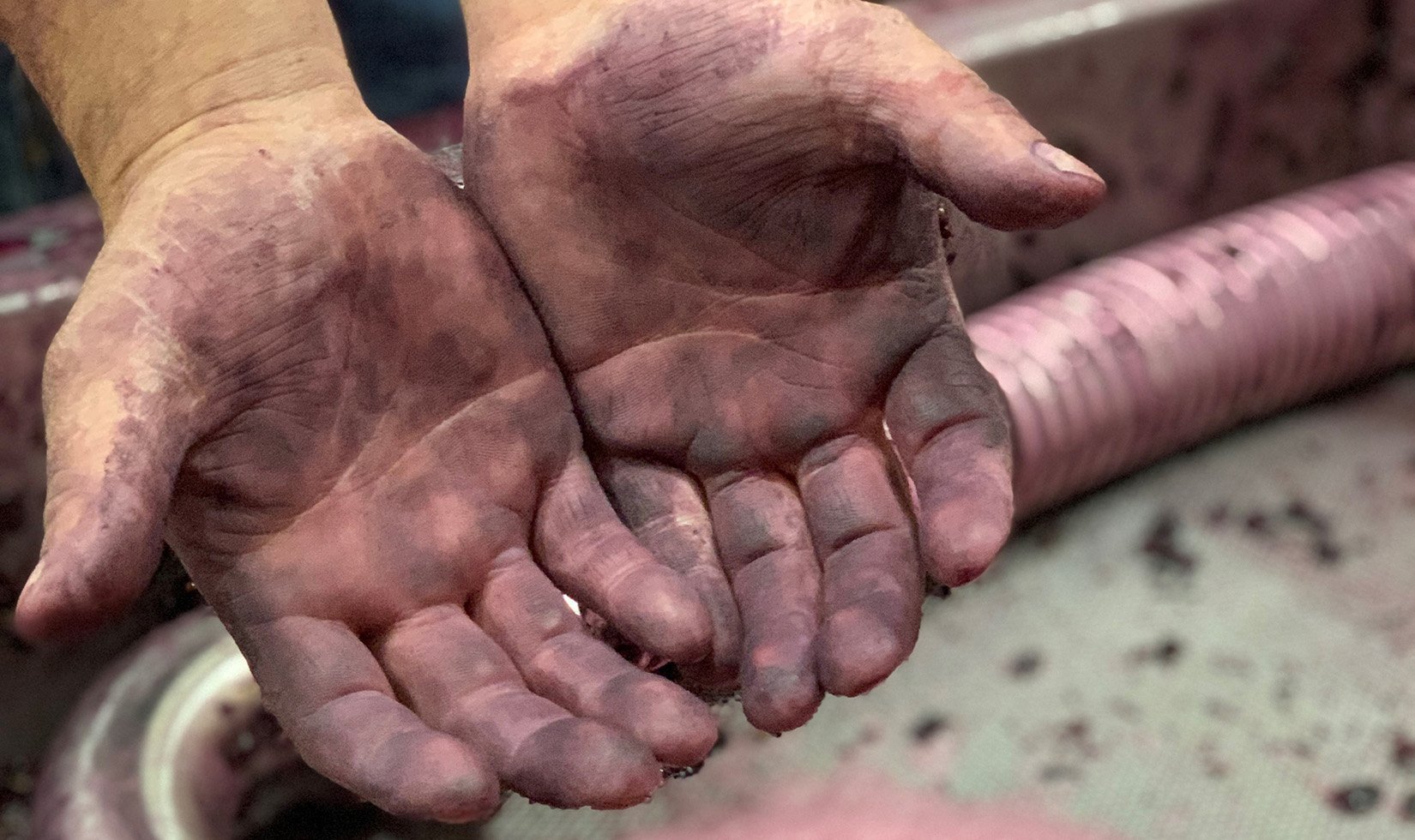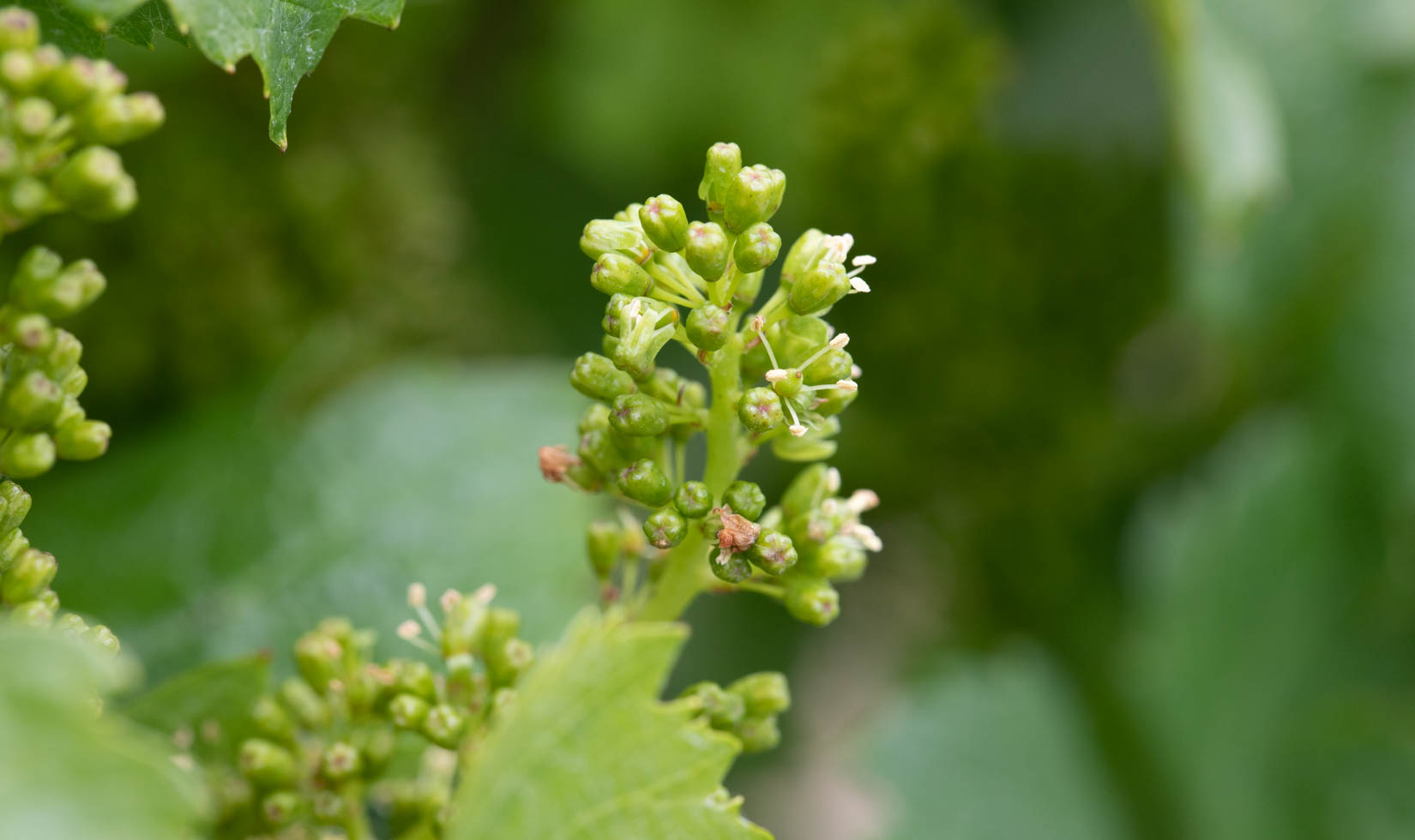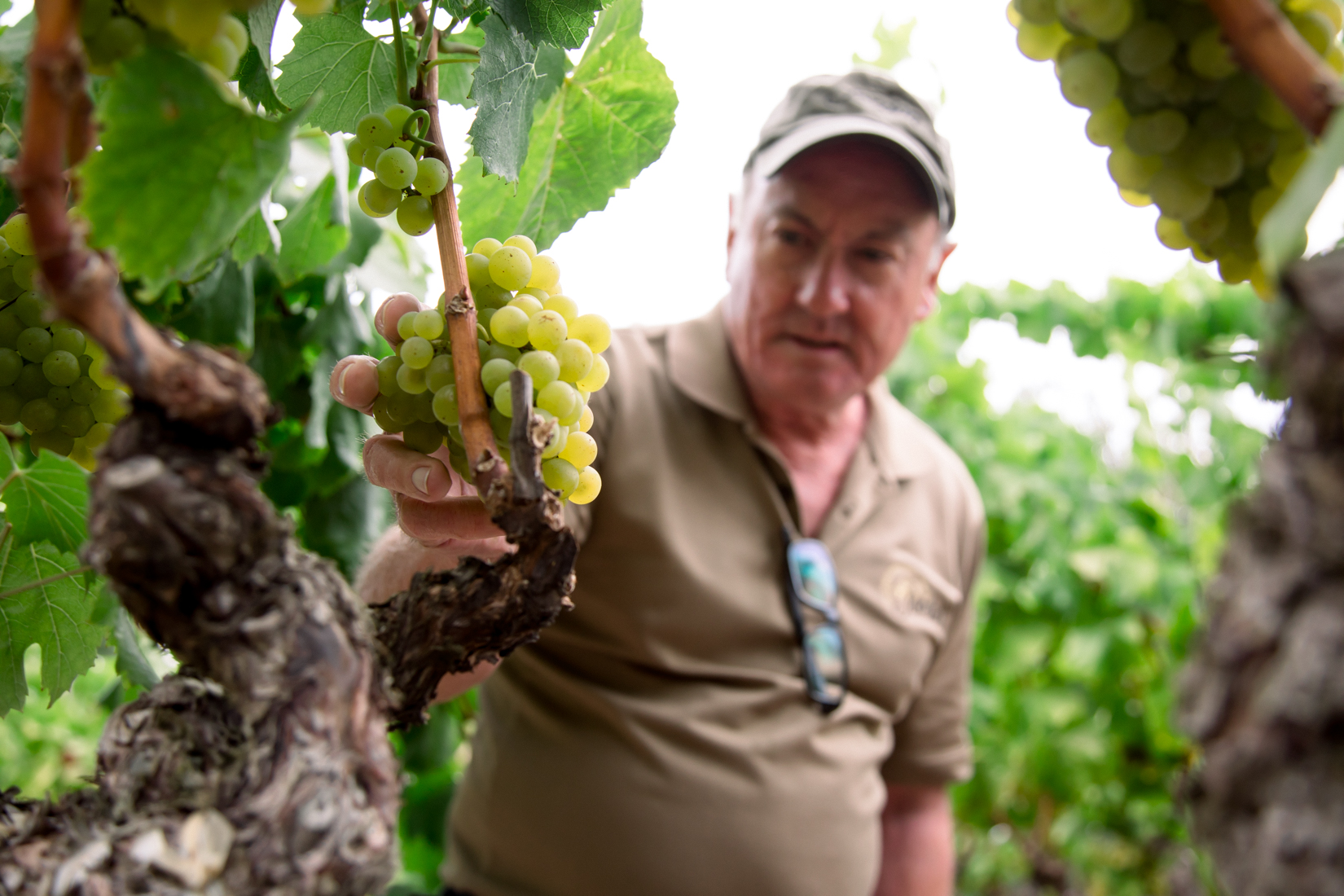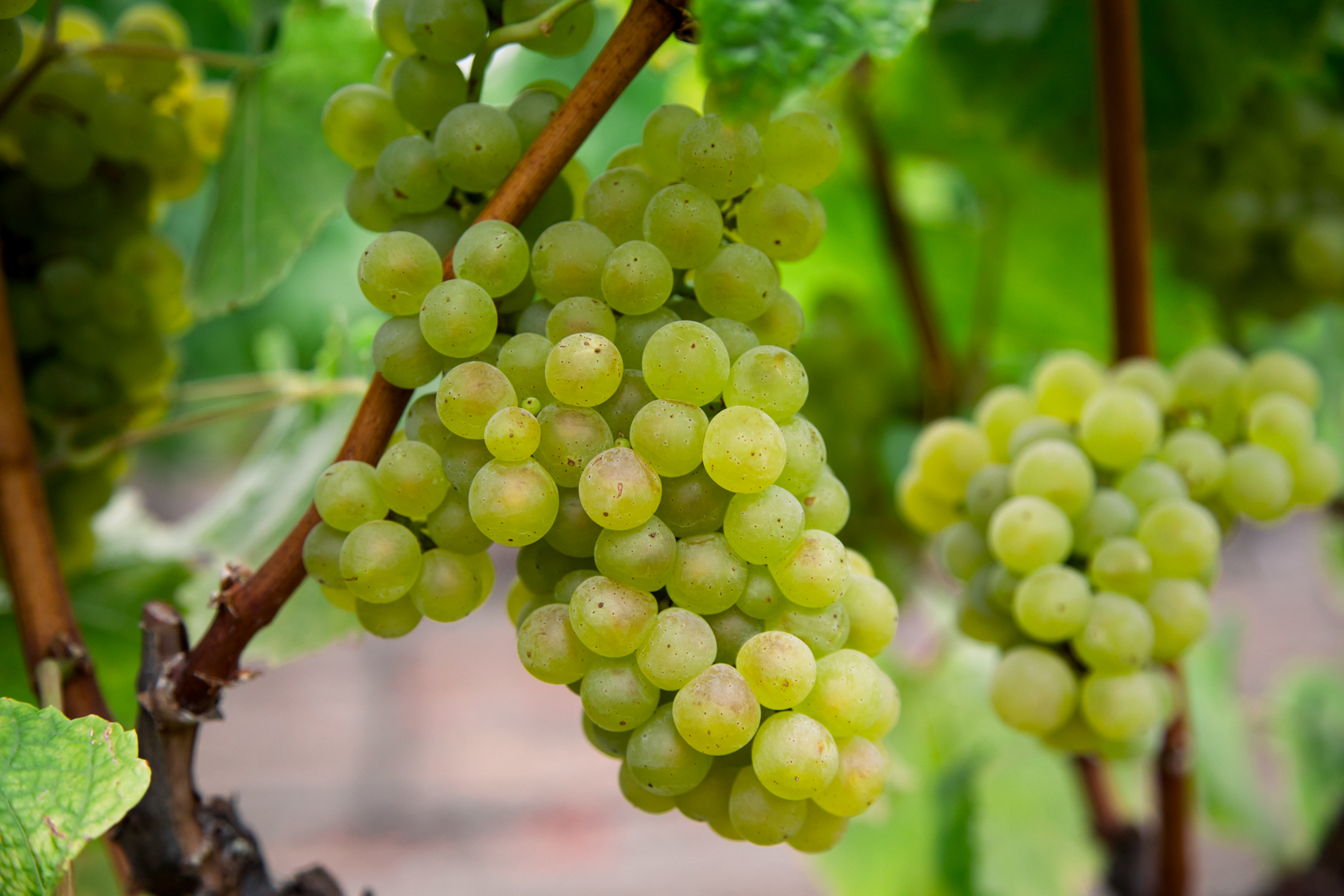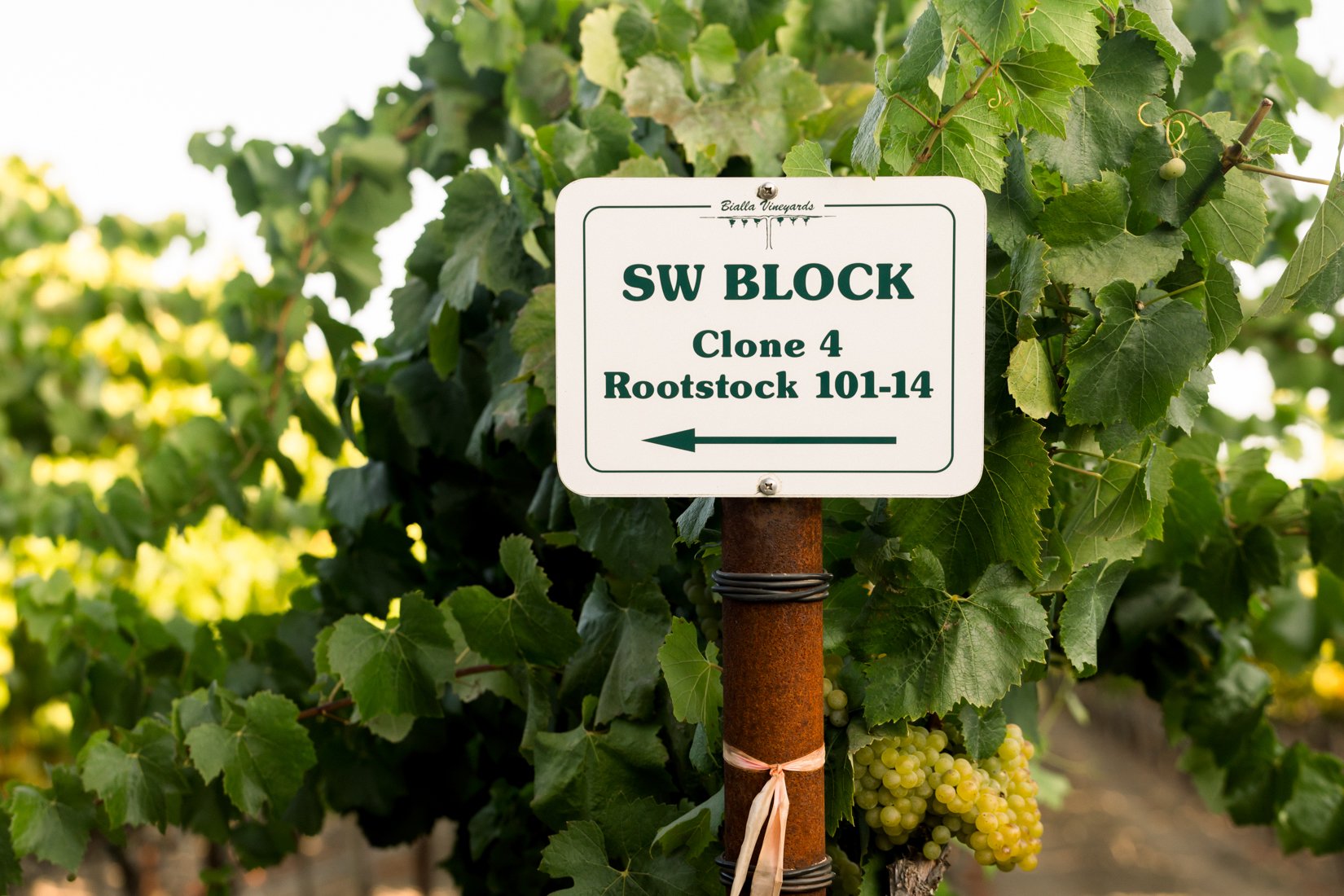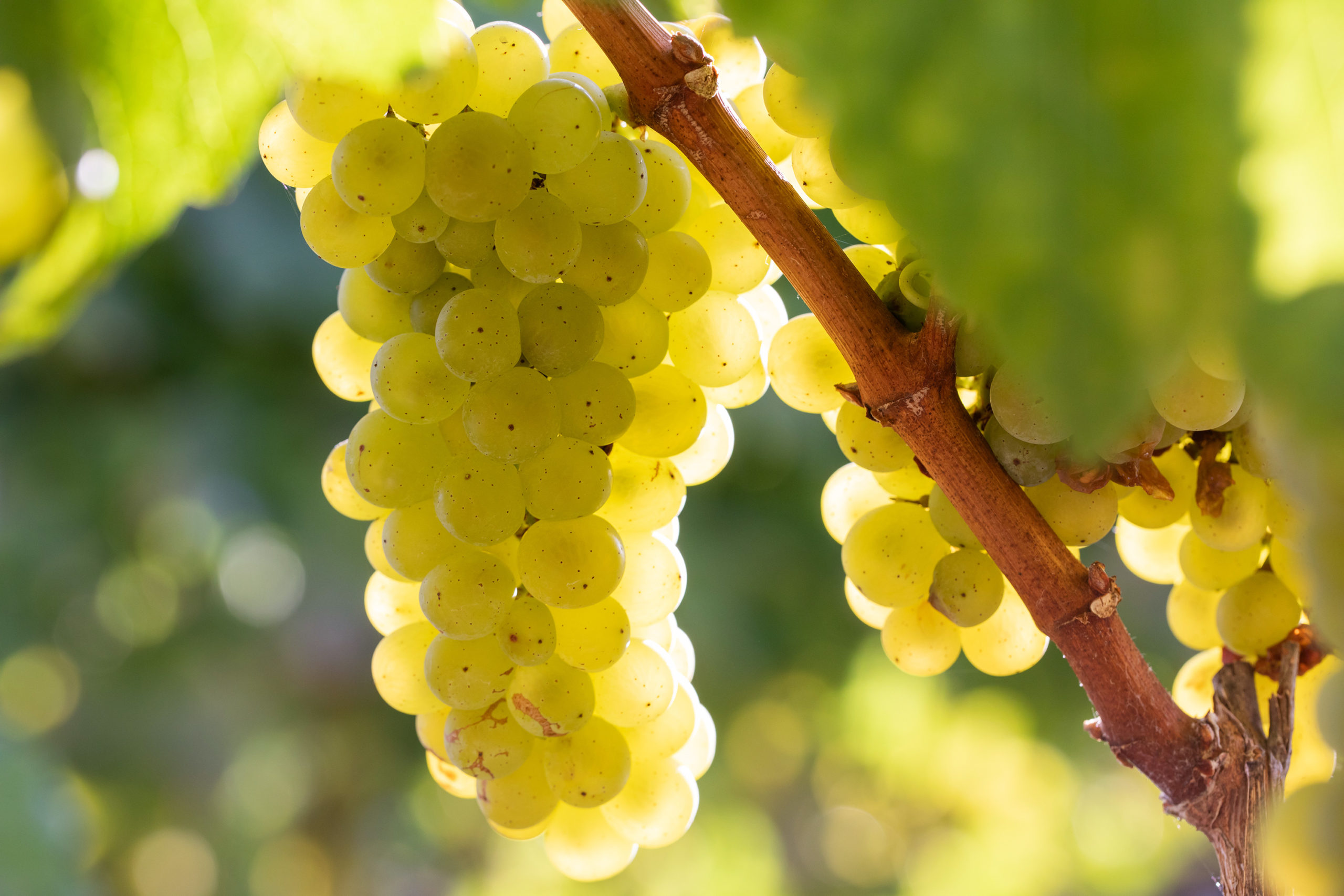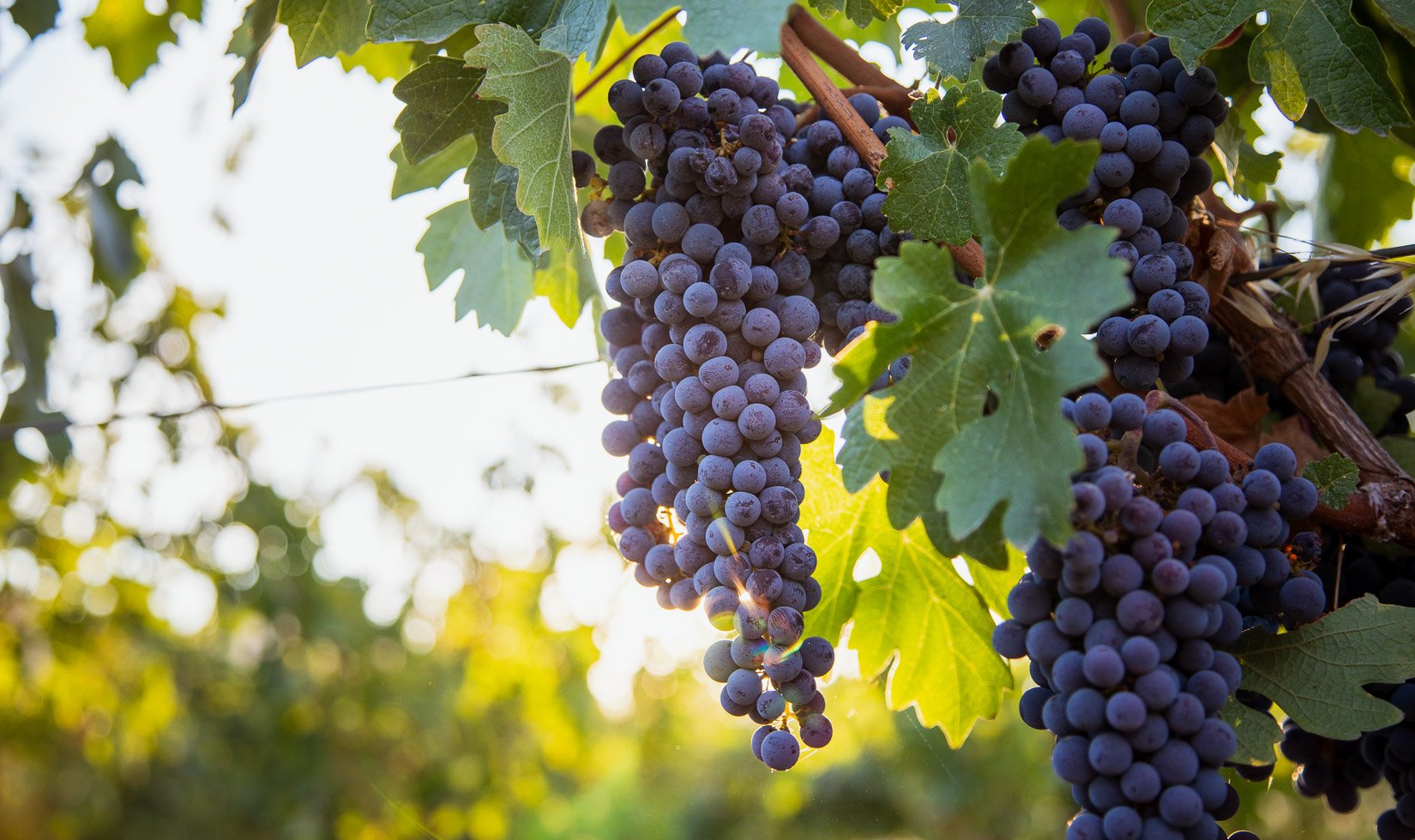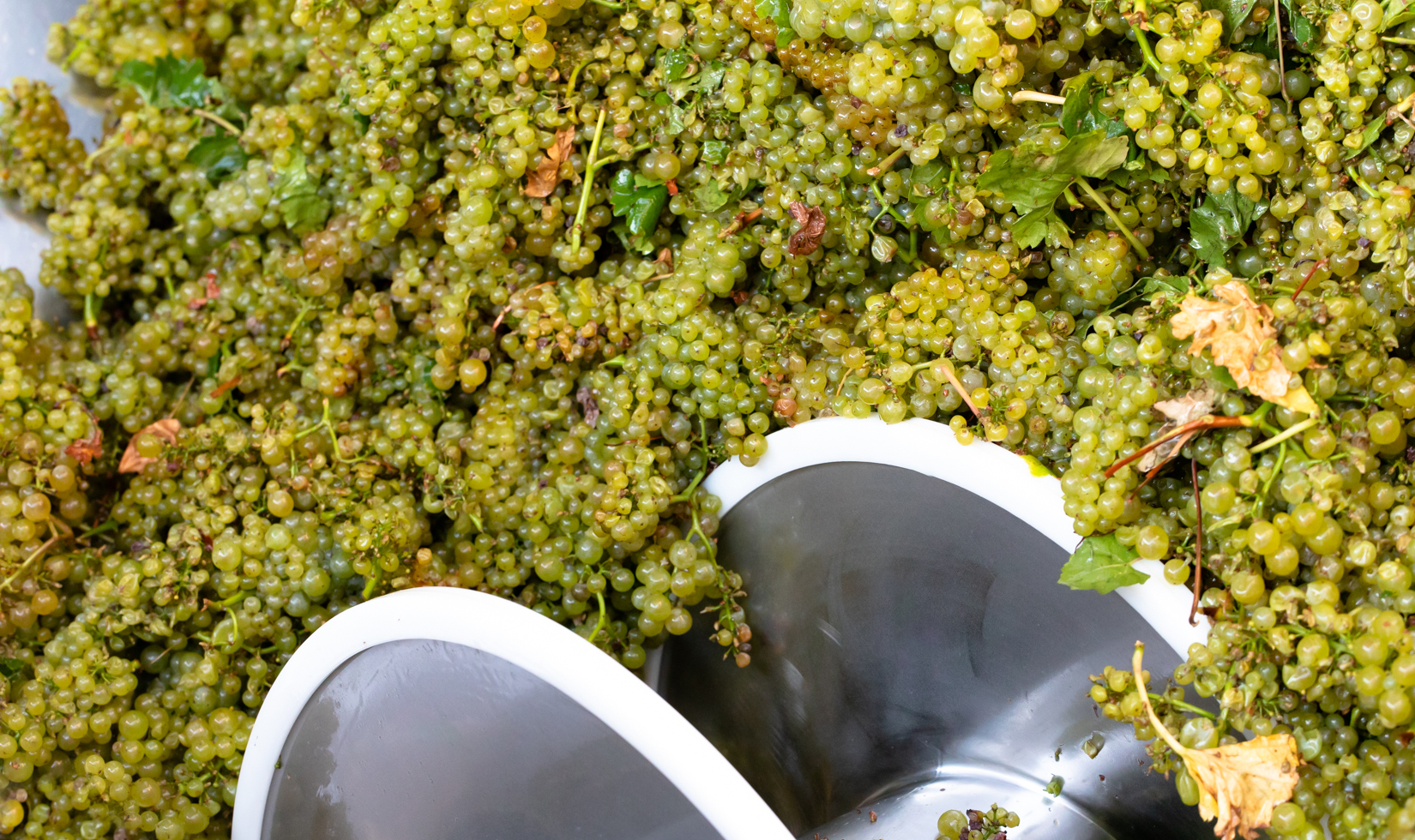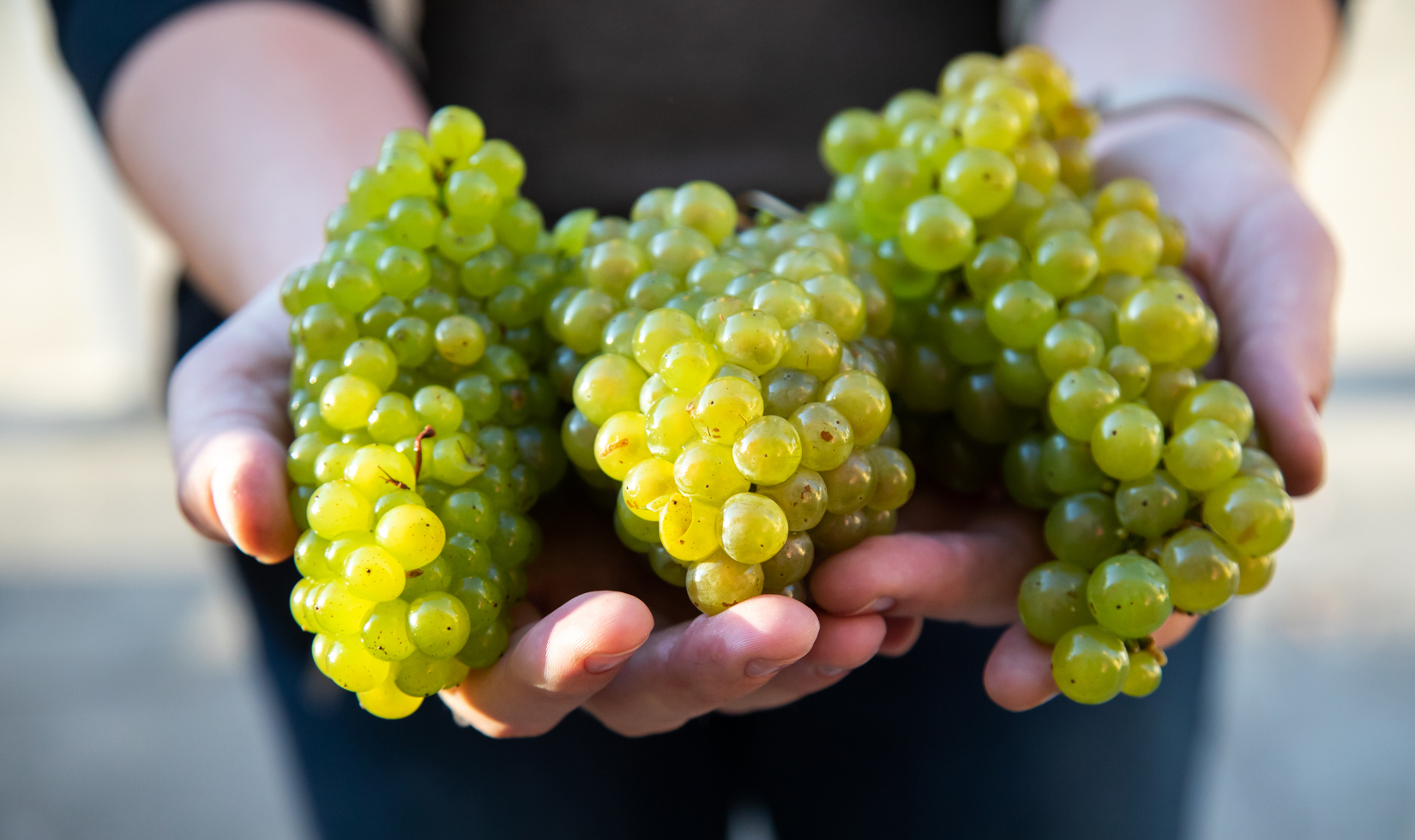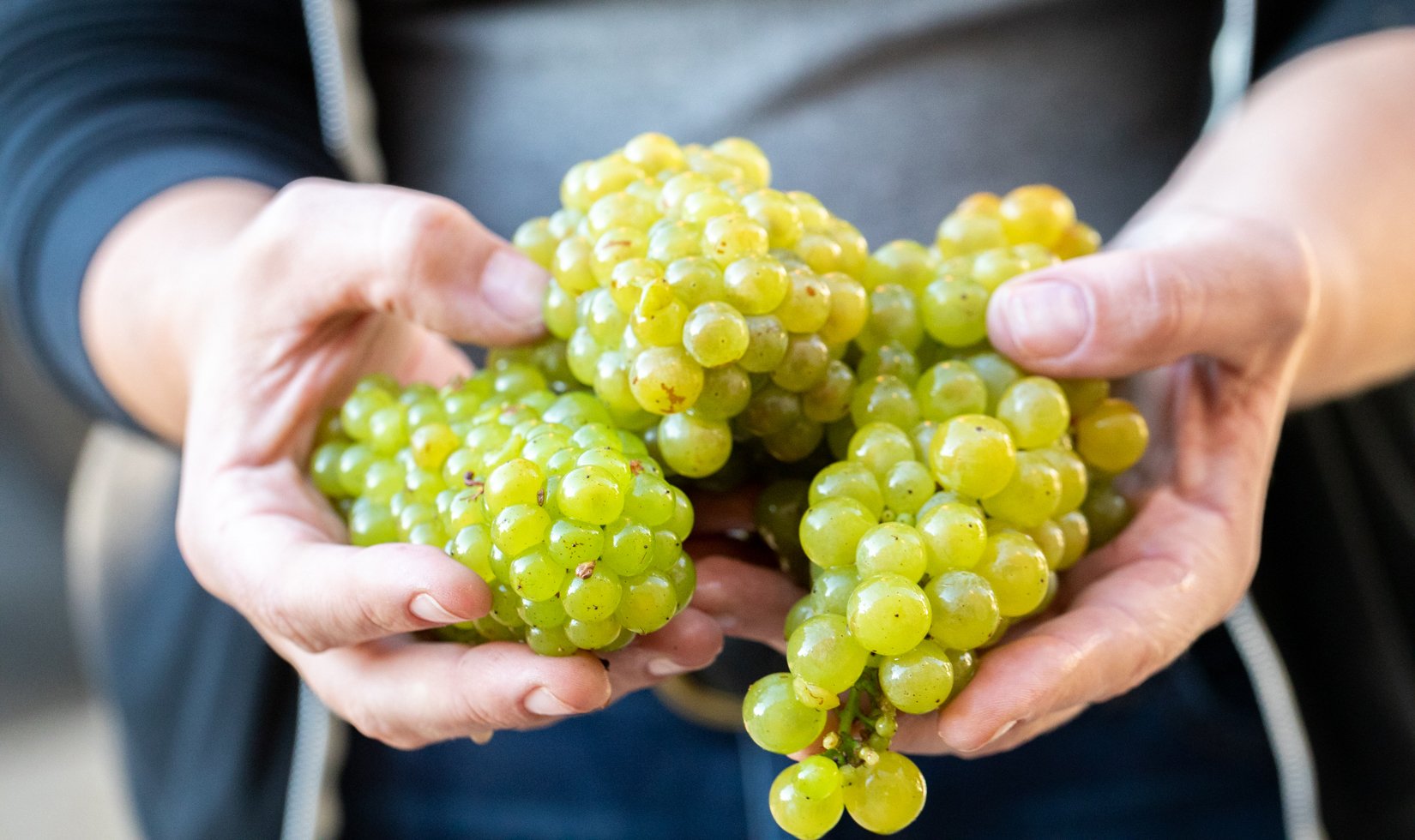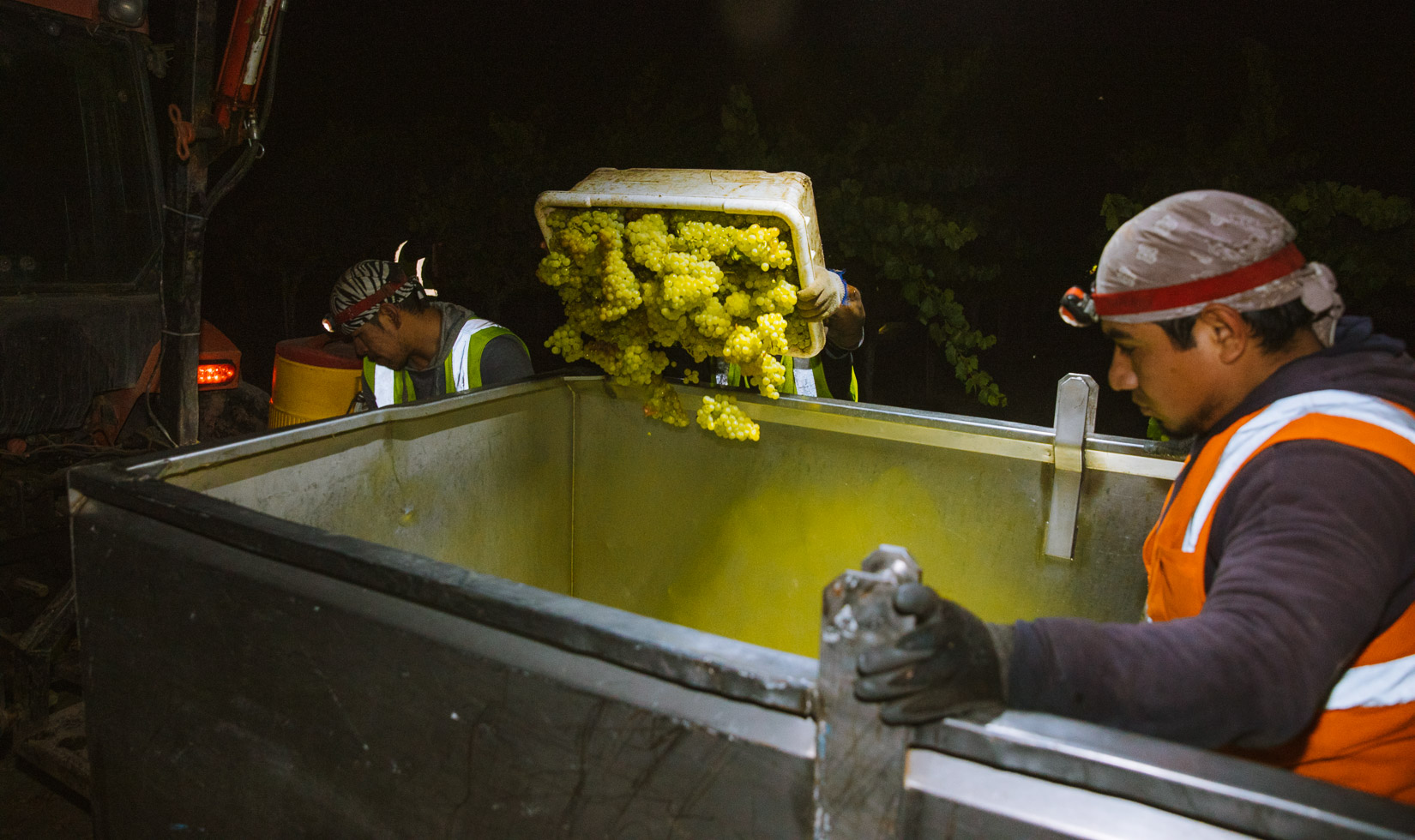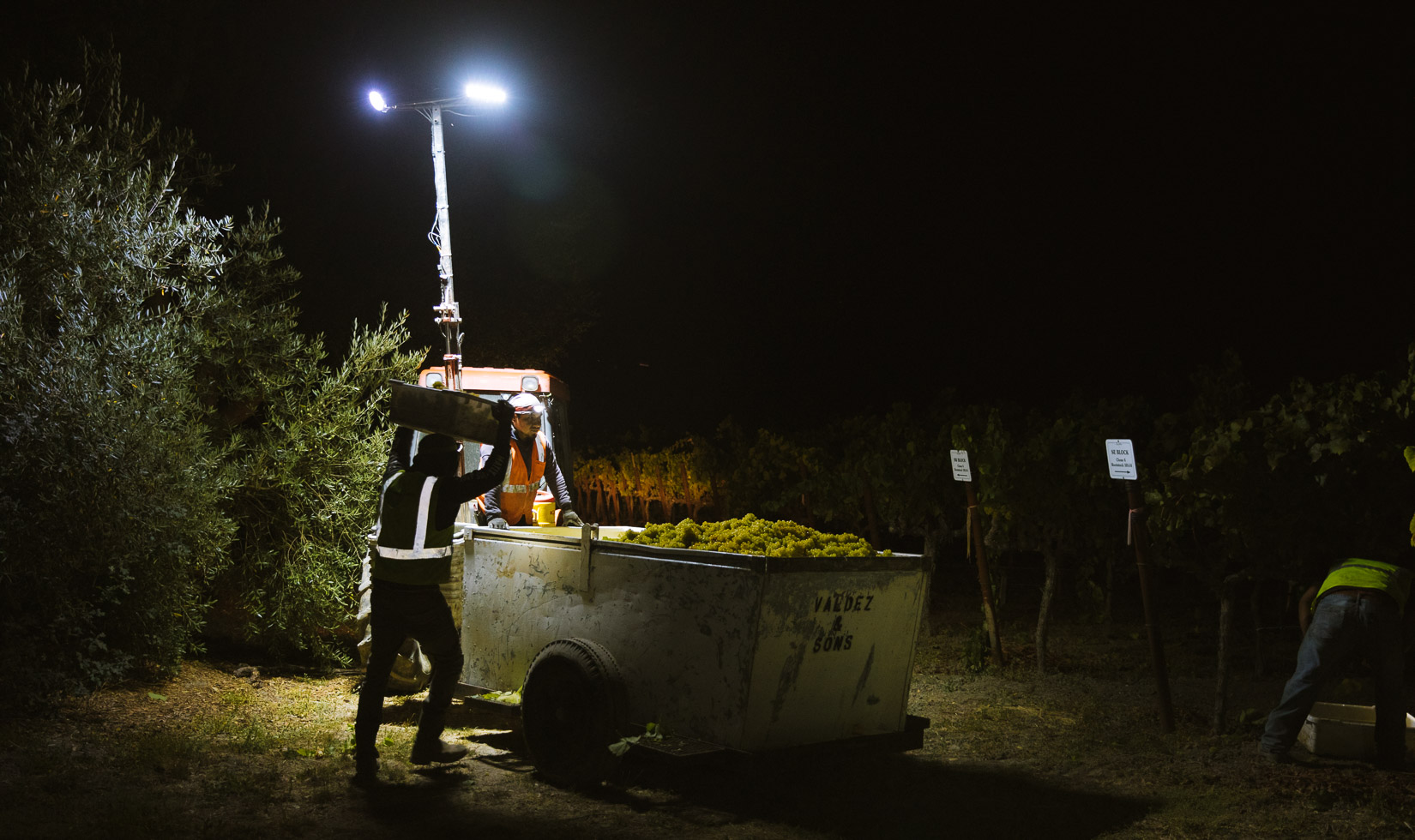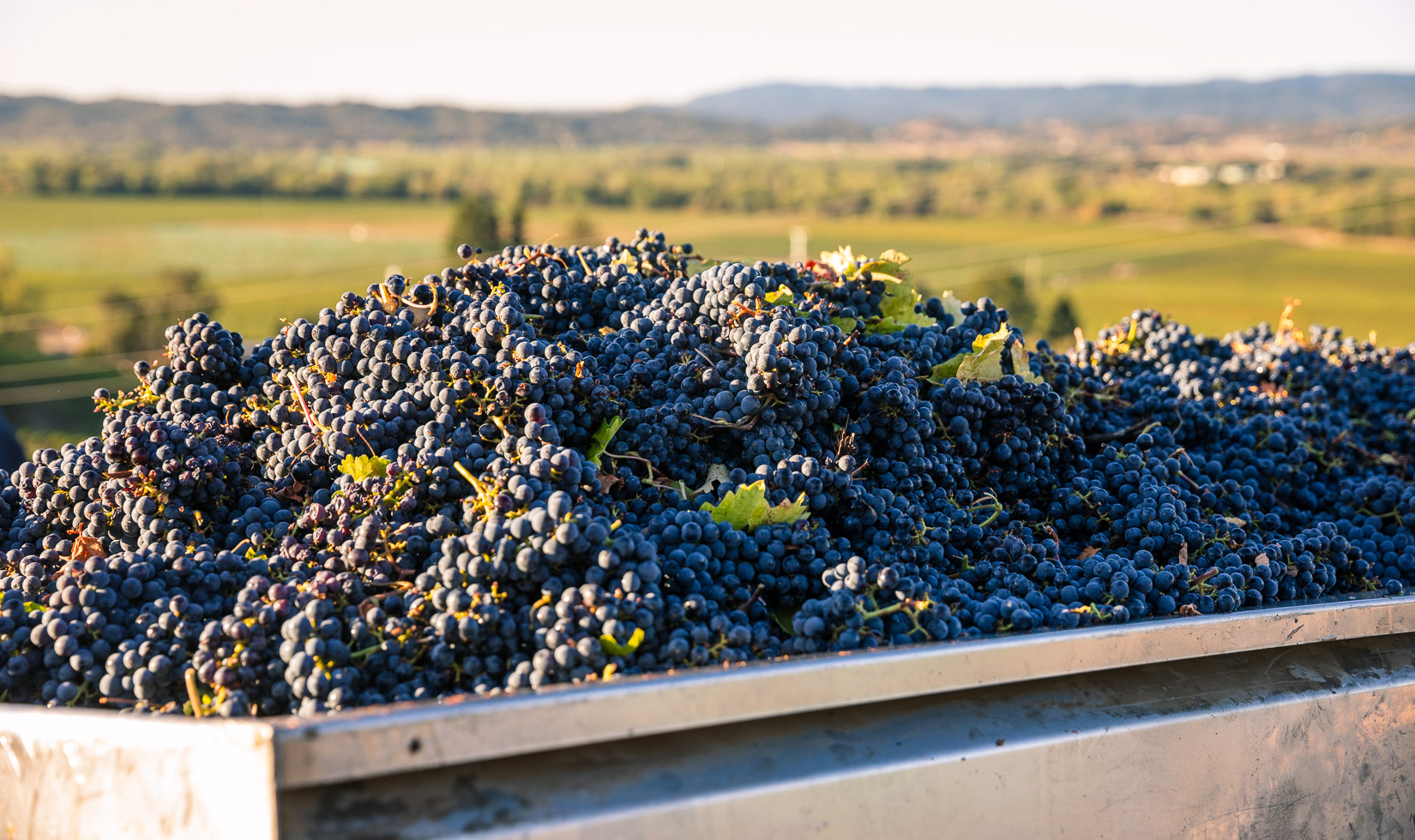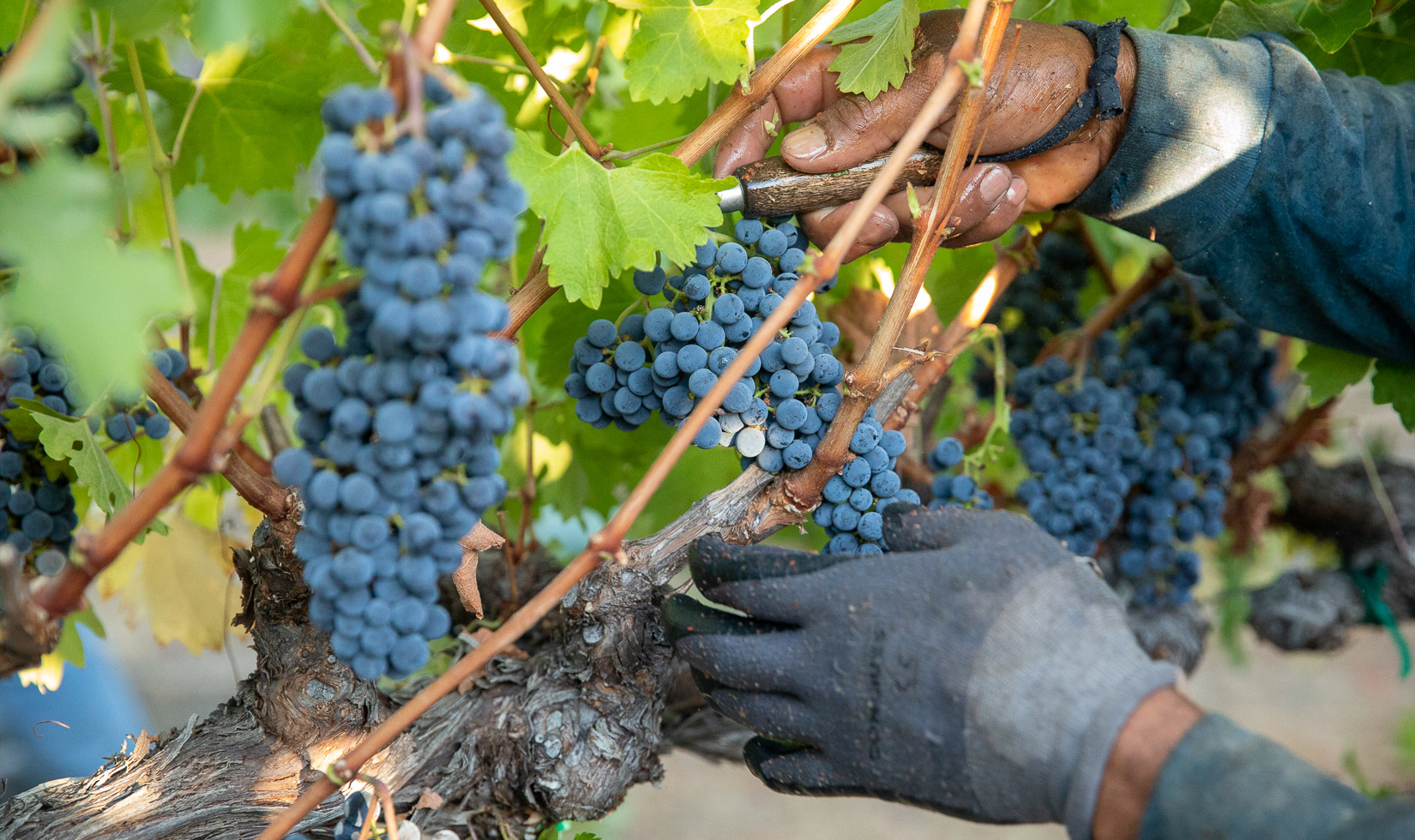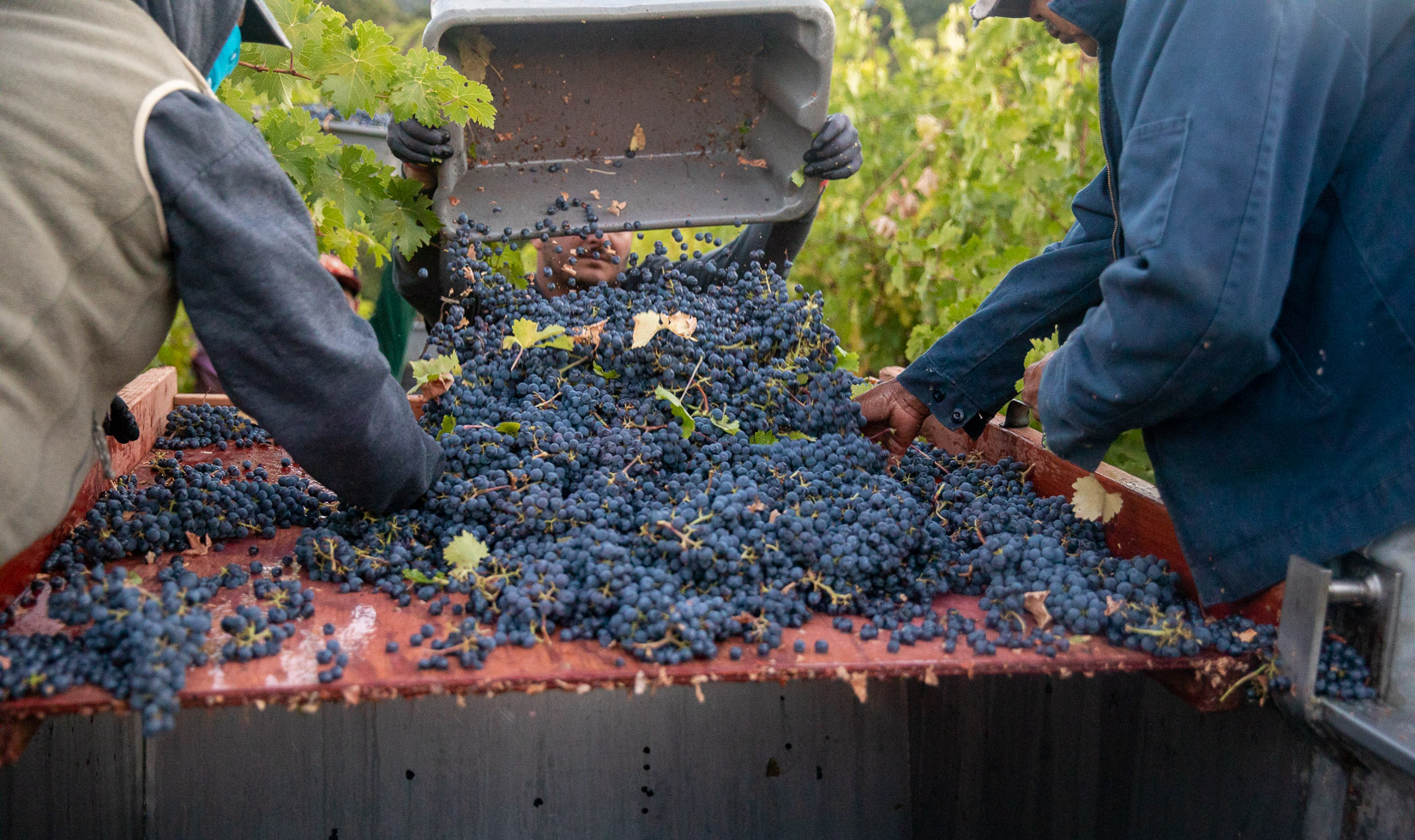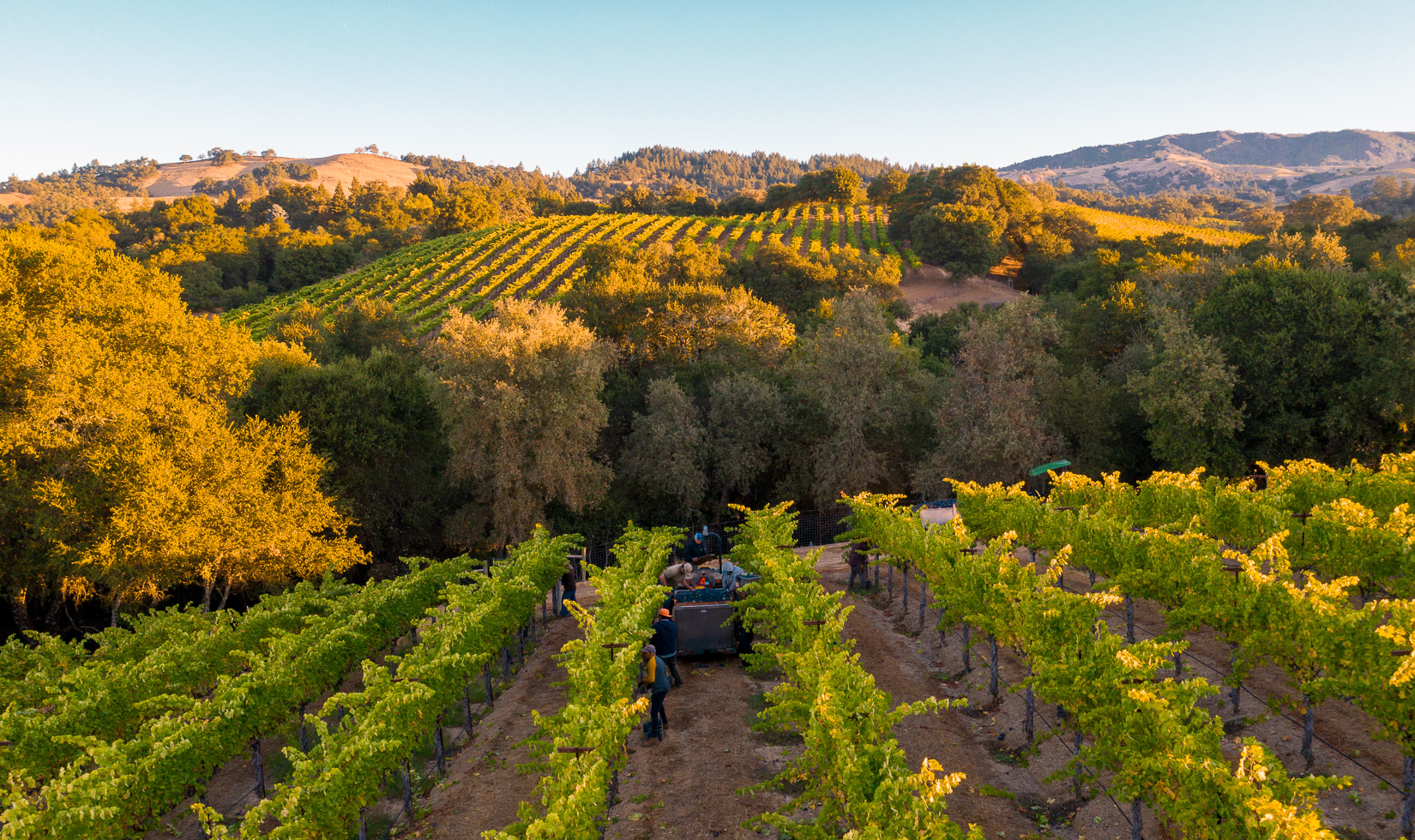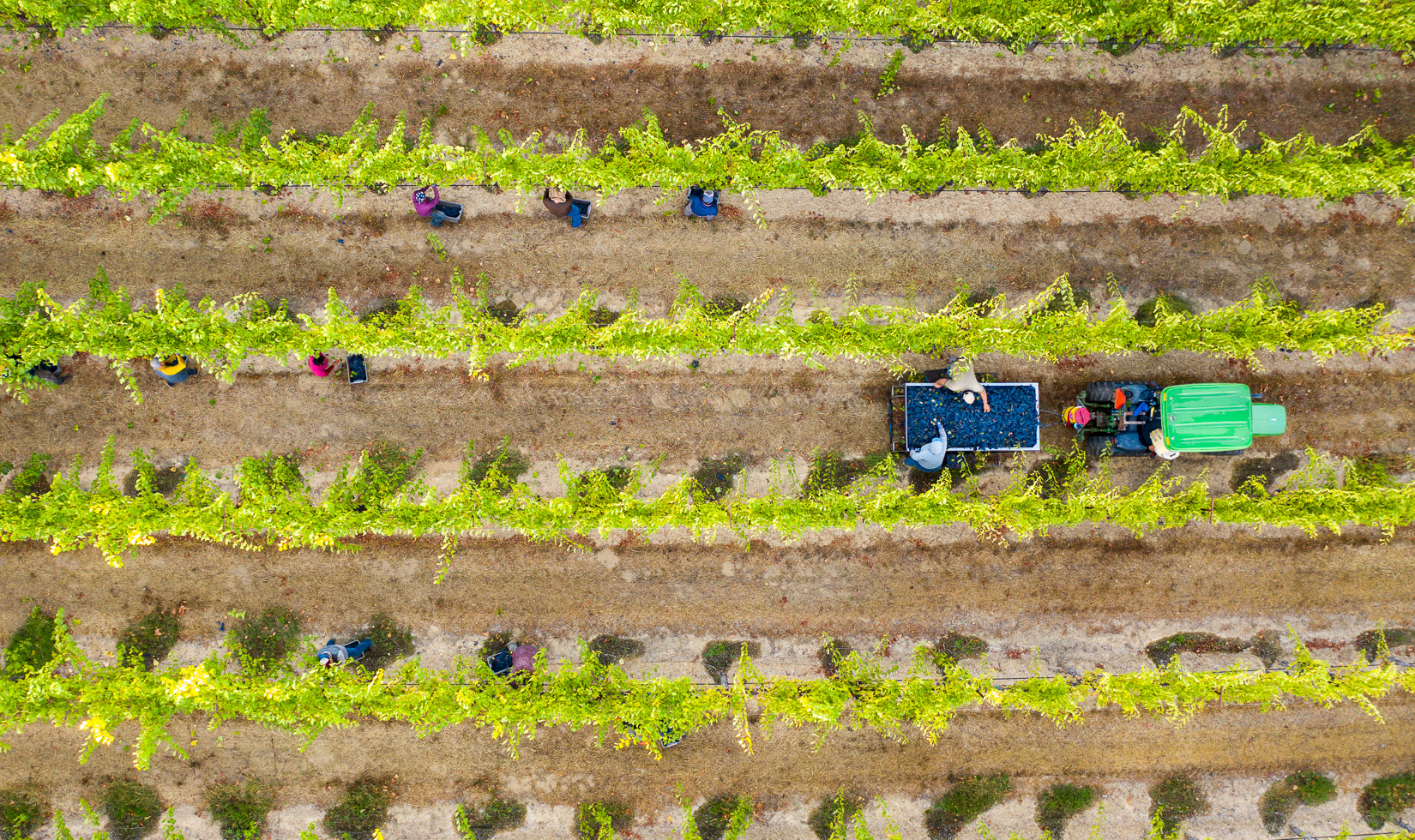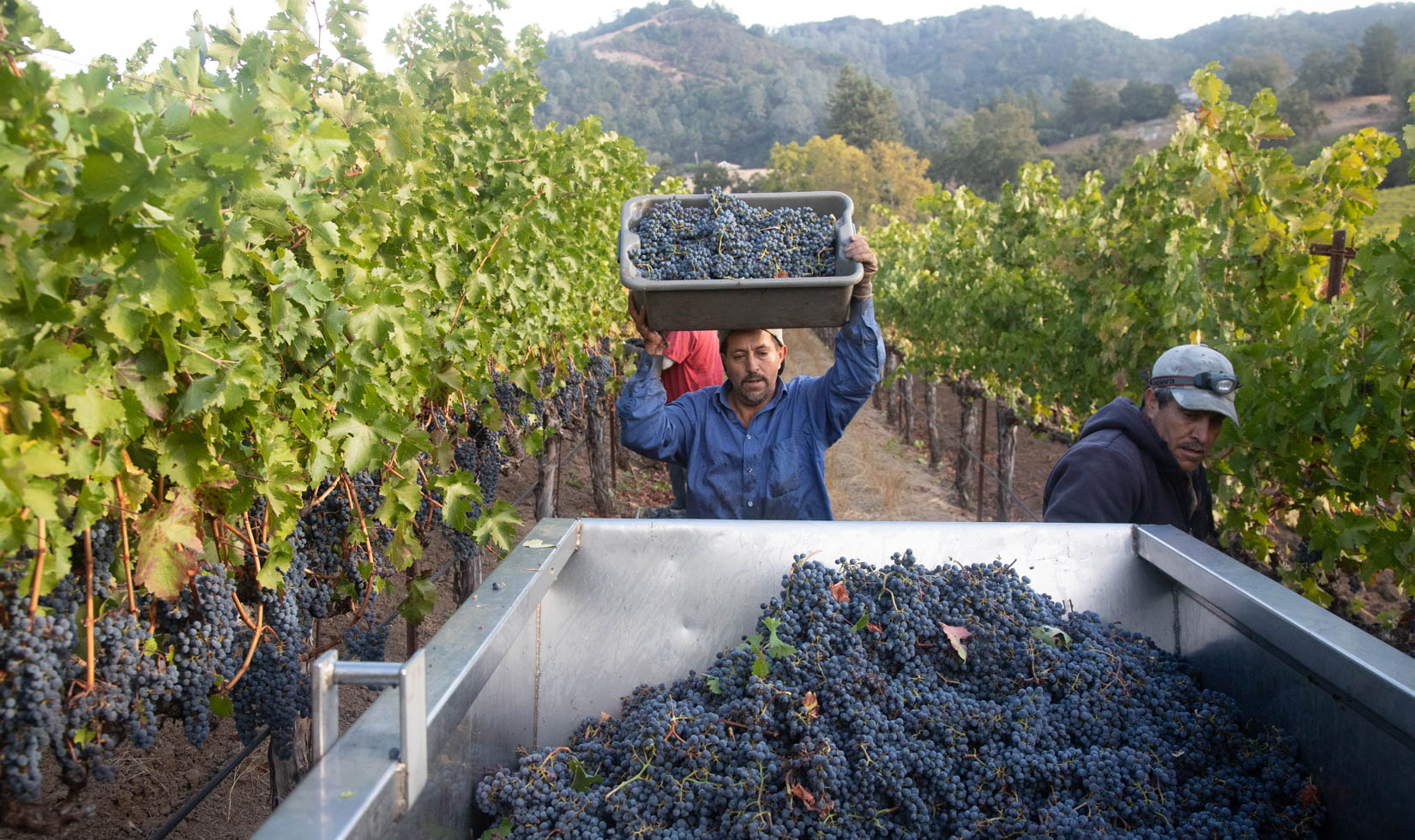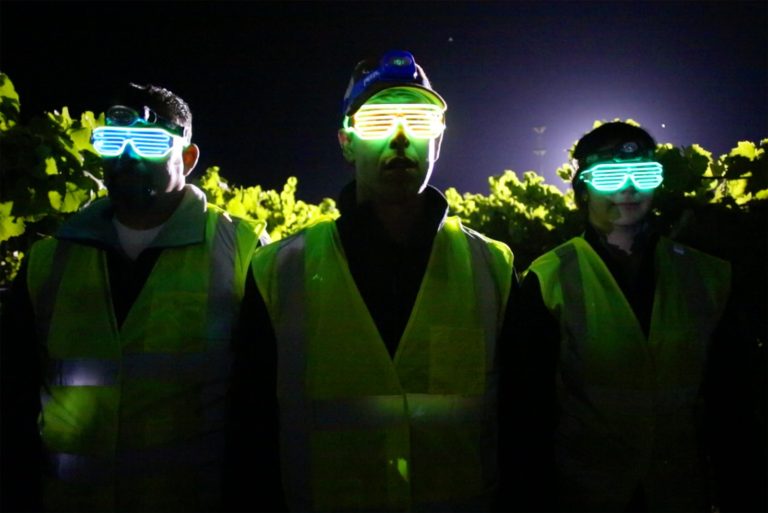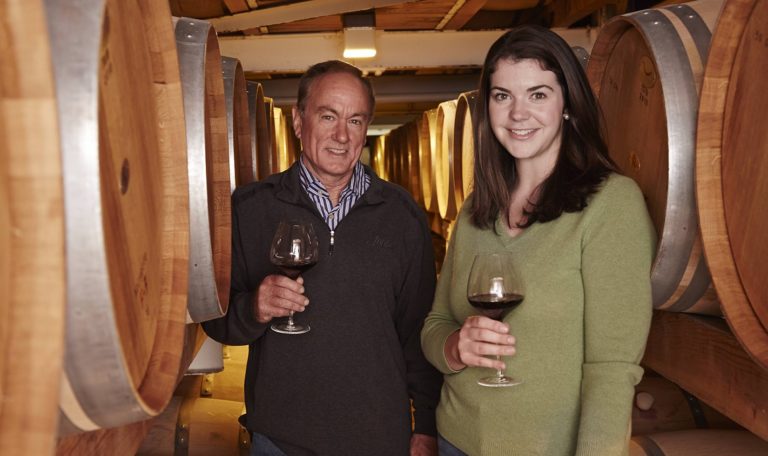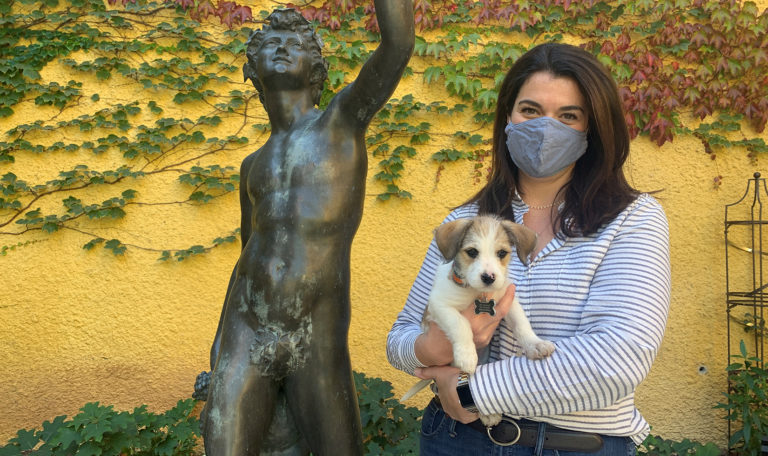Mother Nature certainly put on a show for the Sonoma crush of 2019. It was a growing season bookended by flooding and wildfire—neither of which had a negative impact on our vineyards but branded the 2019 vintage as truly historical. I didn’t expect my first harvest as head winemaker to be filled with such twists and turns, but I’m very excited about the 2019 wines now resting in our oak tanks. Both the chardonnay and cabernet sauvignon tanks are showstoppers. Here’s a look at the 2019 growing season, our 2019 grape harvest and my first impressions of the wines.
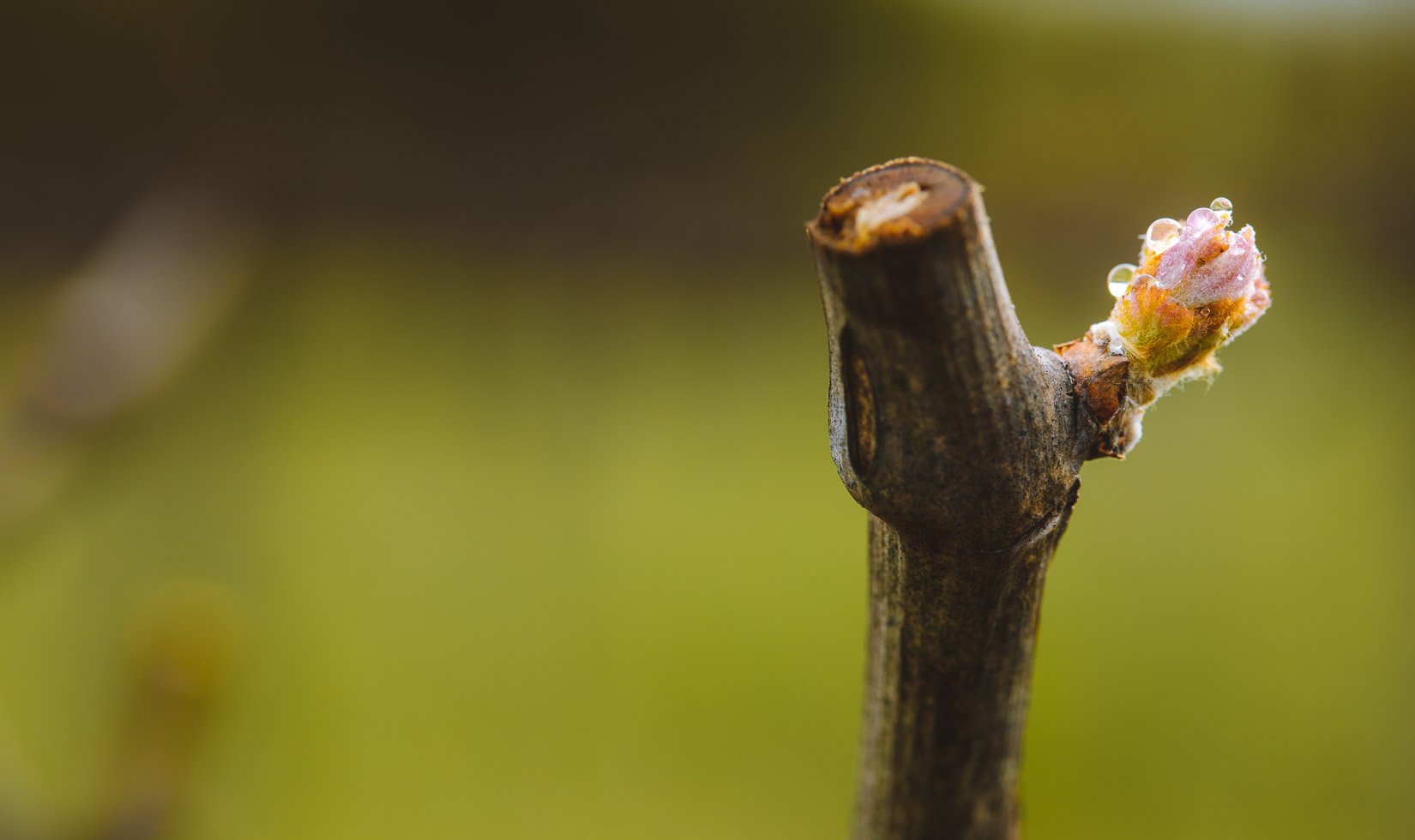
2019 Grape Growing Season Start
After record-breaking rainfall in the winter, a relatively cool spring followed, delaying bud break into late March and early April. With a later bud break and cool temperatures, we were on trend for a normal start time for harvest—well into September rather than the August harvest starts we experienced during the drought years. The biggest surprise early in the 2019 growing season was the two inches of rainfall in early May; this was very unseasonable for Northern California. Fortunately, many vineyards had not begun flowering due to the cool spring, so yields were not significantly impacted for chardonnay or Bordeaux varieties. With average temperatures throughout the summer, the grapes progressed very nicely.
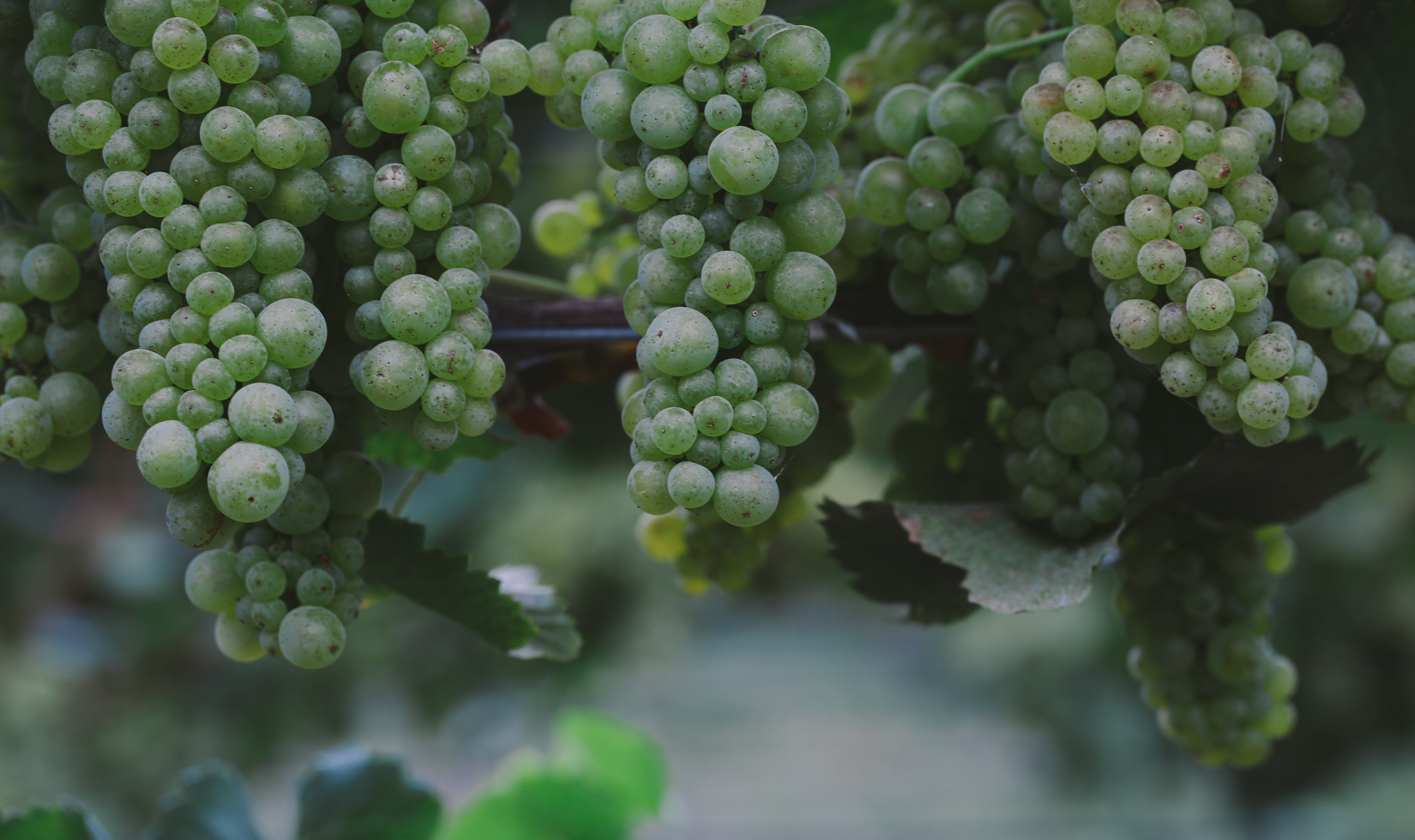
Sacrificing Quantity for Flavor
By June, we could see that quite a heavy crop had formed, so we made an aggressive pass throughout the vineyards to drop any clusters that were falling behind their counterparts in maturity. This practice of thinning after fruit set is a sacrifice of quantity for flavor, allowing the vines to focus their energy on continuing to grow a more balanced, albeit smaller crop. In August during veraison, when the grapes start to turn color and soften, we went through each vineyard block again and dropped any clusters that were unevenly ripening and behind in maturity.
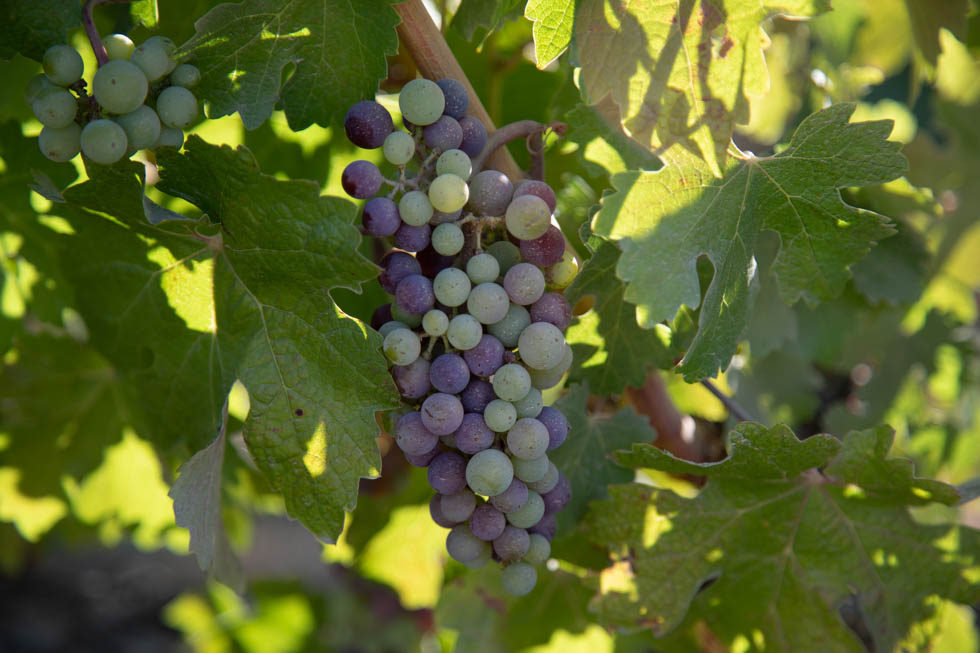
Optimal Harvest Timing for White and Red Grapes
During August vineyard visits, we noticed that our chardonnay grapes in Russian River Valley, in terms of maturity, were significantly ahead of the red grapes in Alexander Valley. Our winemaking team always prefers to harvest the majority of the chardonnay grapes before the cabernet harvest begins, so we can focus on picking and crushing the chardonnay long before dawn and turn our attention on tasting chardonnay juice and making barrel decisions. If the white and red grapes are ready to pick at the same time, we crush chardonnay at night and immediately move right into red grapes throughout the day. Some years, we get lucky where all of the chardonnay vineyards are ready to pick at the same time, and 2019 was one of those years. We began pressing the chardonnay grapes at 3 a.m. on September 12. When we tasted the first press sample of cold, crisp juice with intense fuji apple characters, we knew 2019 was going to be a great year for Jordan Chardonnay. The condition of the fruit was so beautiful with hardly any sunburn, so minimal fining was needed, and we simply let the purity of the fruit shine through. We finished the vast majority of the chardonnay pressing in six consecutive nights before the move into crushing the merlot and cabernet sauvignon. The pace of Sonoma crush 2019 was quite ideal–at first.
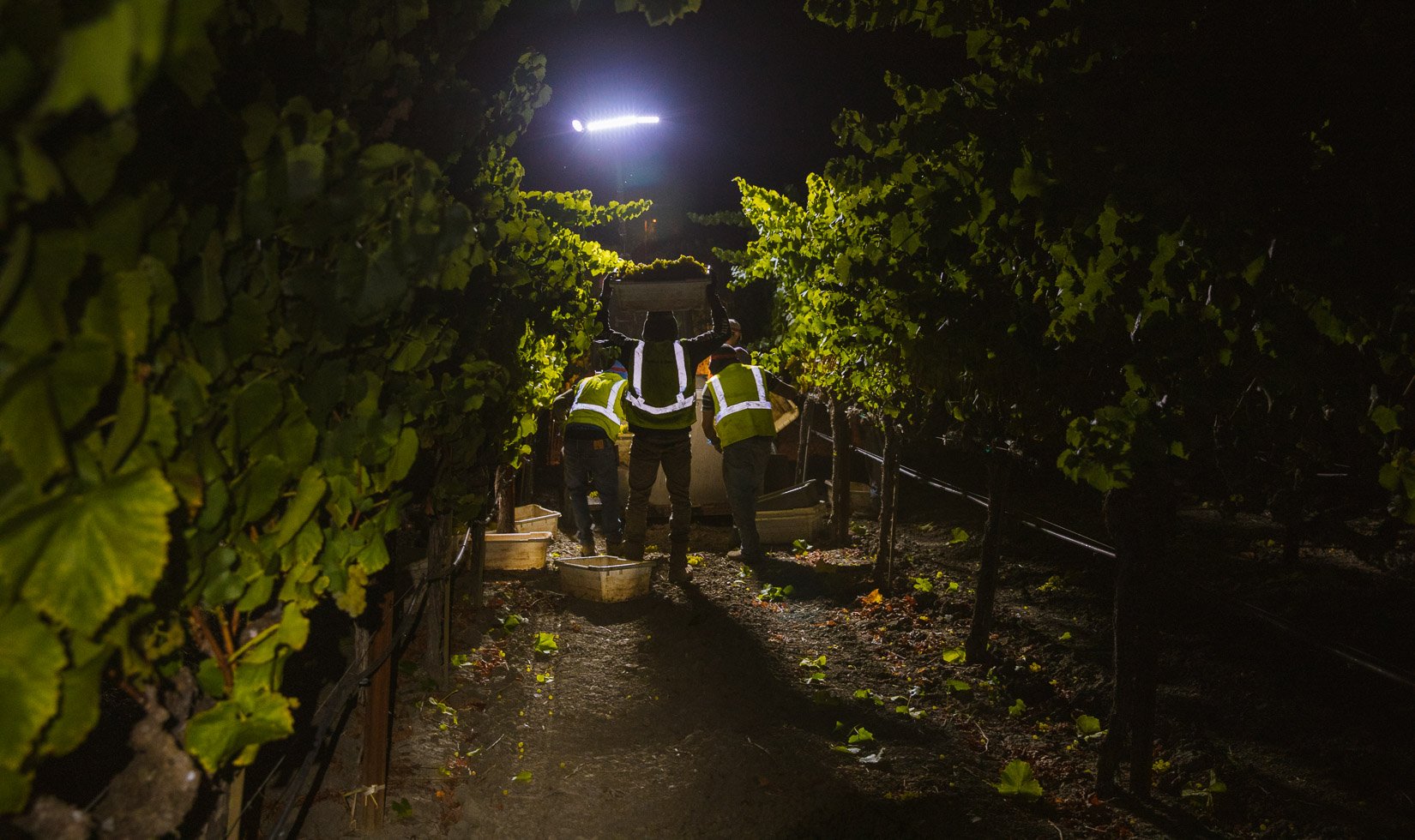
Mother Nature put on another show during harvest, and there was definitely a first and second act with a beautifully timed intermission, giving us time to make space in the fermentation room. Even the outside temperatures shifted dramatically in the middle of harvest. On September 25, the high was 103 degrees, and the next day, the high was only 69 degrees. Ready for Mother Nature’s second act, we began crushing merlot, the incredible fruit flavors and intensity had us all celebrating for what would be the second outstanding harvest in a row, where the weather was cooperating, the fruit tasted incredible, and the yields were above average.
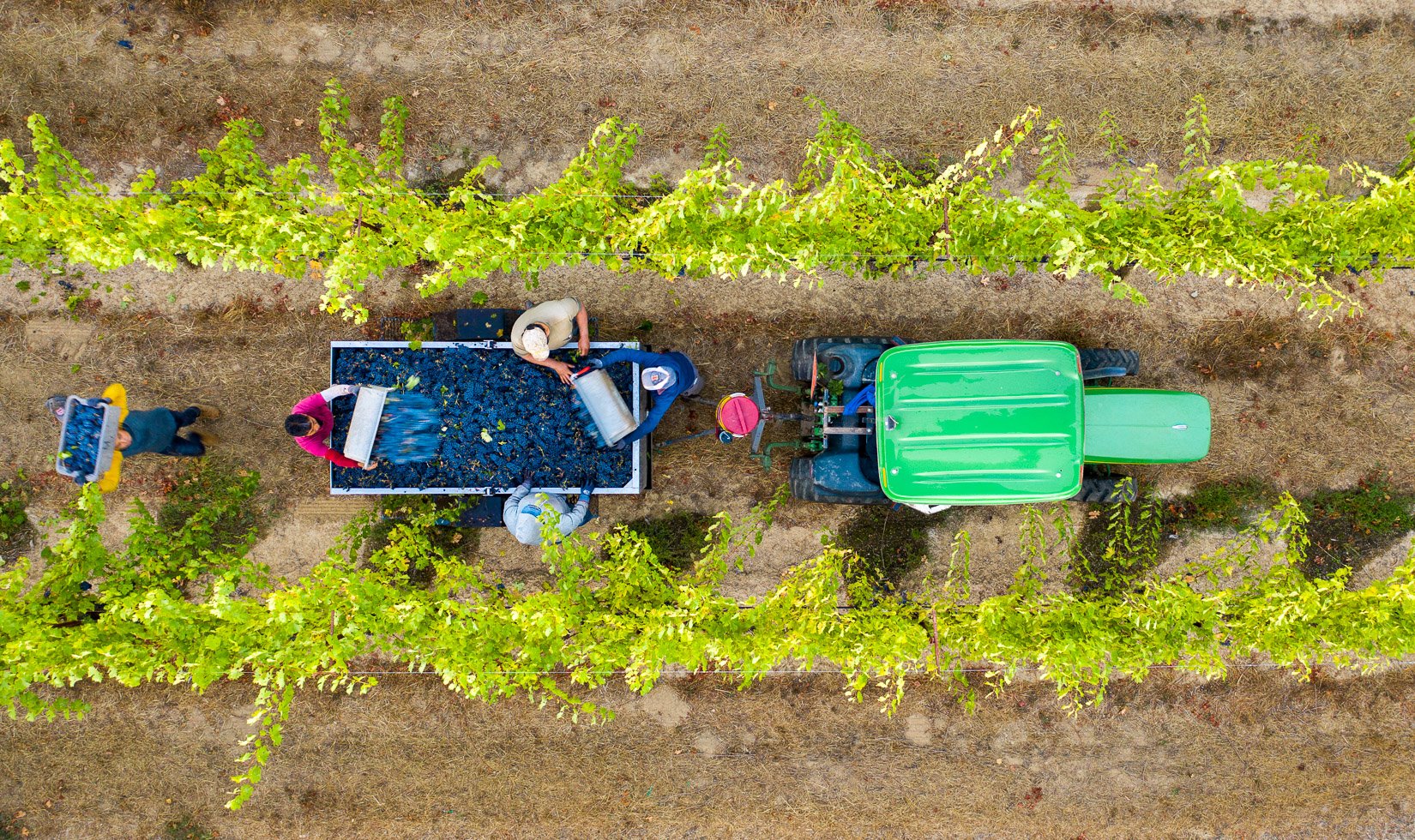
A Shift in Weather During Sonoma Crush 2019
As lead winemaker for the first time during harvest, I was both grateful and incredulous as I watched the weather reports, forecasting ideal temperatures for ripening grapes with no rain in sight. As the fruit came rolling into the winery in early October, we were notified of our first red flag warning where temperatures are warm, the humidity was incredibly low and the winds are dangerously high. Power shut-offs were also announced, but our Director of Operations Tim Spence was well prepared; he and his team filled up the water tank to supply our cellar cleaning needs, purchased extra fuel for the generators and switched all winery power over to our generators. Many of our growers called to confirm we could still continue with our regularly scheduled picks, and we assured them our generator was working well and we could keep on crushing. Many wineries in Alexander Valley do not have generators with enough power to run the crush equipment, so when some wineries were forced to cancel picks, our harvest dates were moved up in order to keep the vineyard crews busy. Surprisingly, the first power outage was beneficial for Jordan’s 2019 vintage, allowing our growers to pick grapes even faster than the normal pace, since they had all crews working on our blocks.
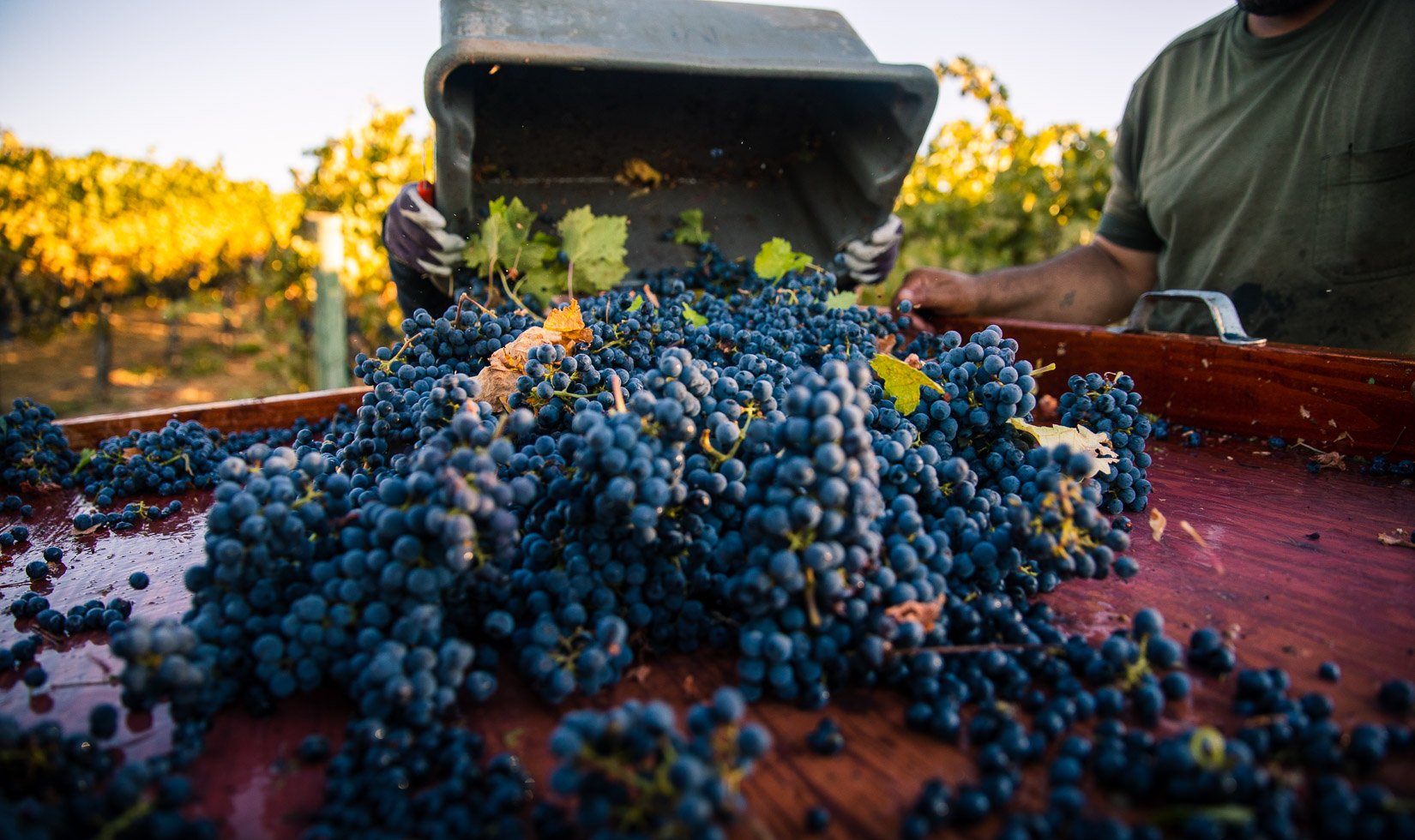
The last of the grapes from Jordan’s 2019 crush made their way to the hopper on October 17. A few days after the commencement of harvest, we were again warned of a second planned power outage, but we already knew our generator could supply our pumps and presses with enough power, so we thought it would be business as usual. Mother Nature had other plans. On October 23, around 10 p.m., the Kincade fire started in a mountainous area several miles northeast of the winery, and the high winds quickly carried it into the heart of the Alexander Valley in Geyserville, putting many of our growers at risk. Our main concern was for the safety of the families that live on the properties, their homes and their farm animals and pets. Vineyards are a natural firebreak, so we knew the majority of the grapevines would be okay. Roads were quickly closed into Alexander Valley, but a small crew of us got around the barricade near the winery entrance before sunrise, so we could pump the tanks over and immediately close the tank lids to protect them from any smoke that would move toward Healdsburg. Even though the fire was still six miles from the winery and the wind was blowing from east to west, we couldn’t keep the ambient smoke from entering the cellar, so we were judicious about limiting the time each tank was open to ensure that smoke did not get into the tanks and taint the wine.
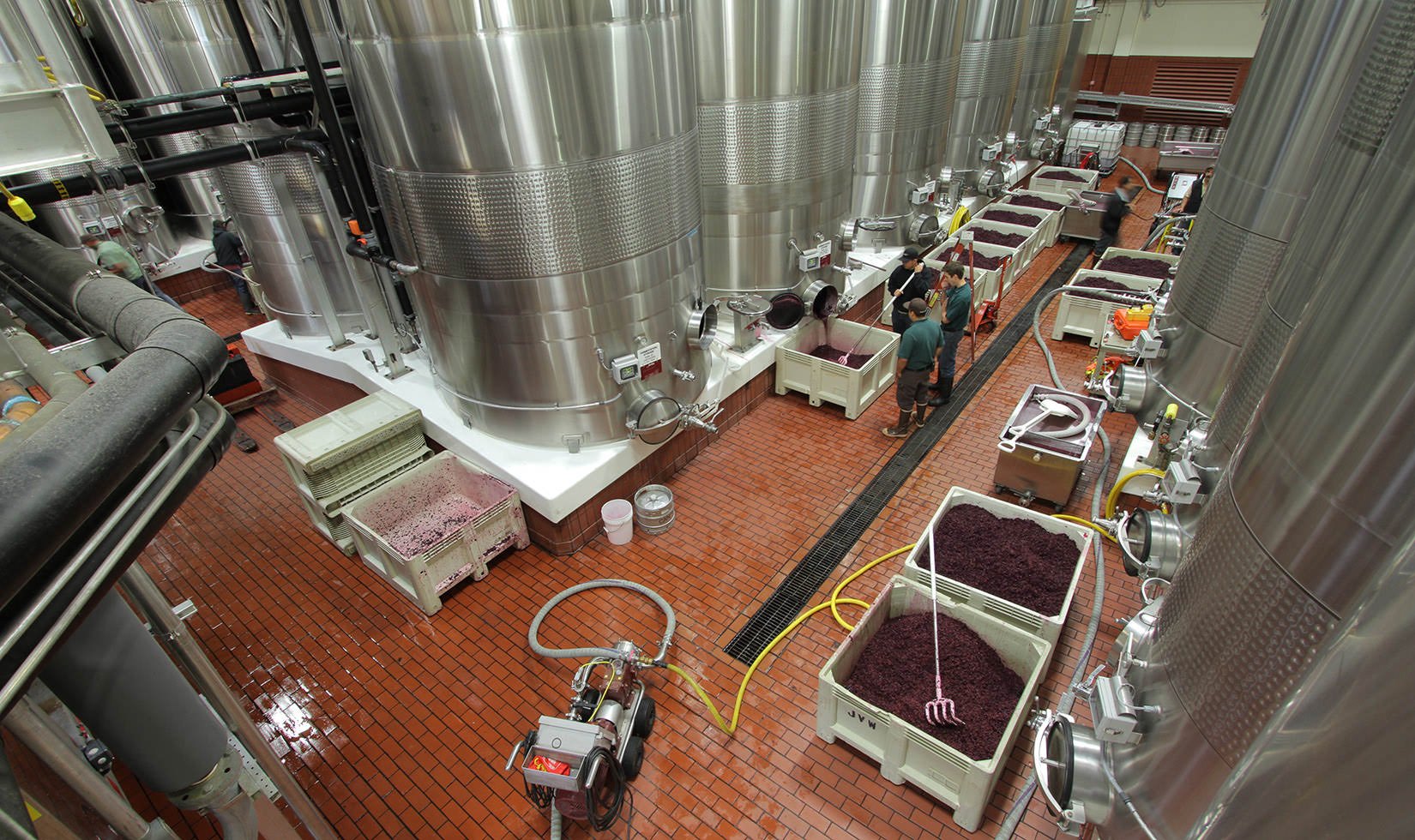
A few days later, there was another high wind advisory, and winds were expected to be even higher than before. With a fire still burning in the rural mountains of Alexander Valley, authorities took no risks, and a mandatory evacuation was issued for all of Geyserville, Healdsburg and Windsor. Jordan Winery and the Jordan family residences were now in the evacuation zone. These are all towns are where the majority of our employees live, including myself. We all evacuated to different areas in the Bay Area—John Jordan and I were both at different hotels in San Francisco—but Tim Spence and his family decided to stay on property (while evacuated from their Windsor home). He kept the generators running and assisted first responders, giving them a place to rest and showing them the lake and the different private roads on the property that could aid in fighting wildfires. The first night was a nail-biter, as the fire threw embers all the way to West Soda Rock Lane, a dirt road that borders Jordan Estate to the east, but the firefighters fought back, and the fire continued to burn southeast, never reaching Jordan or the town of Healdsburg. (Read John Jordan’s blog about the harrowing week of the Kincade fire.)
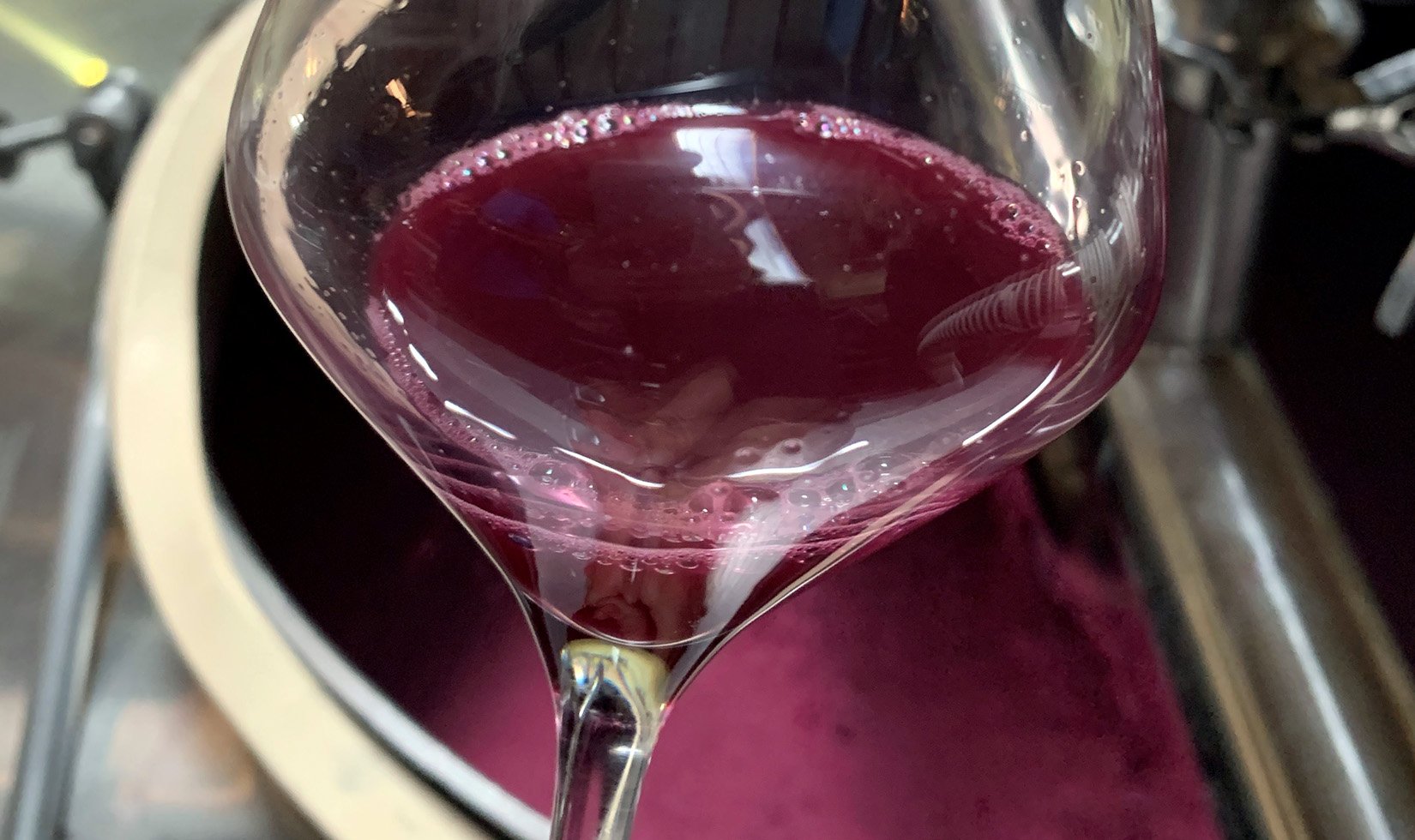
Desperately Seeking Pump-Overs
Evacuated with my family, I grew incredibly anxious. I knew we had done everything we could to avoid smoke taint in the wines, but we had two actively fermenting tanks that were in serious need of a pump-over to cool down the cap and blow off carbon dioxide—the byproduct of fermentation. Tim offered to help pump-over the tanks, and I was so grateful. We spoke on the phone and went over the quick logistics of how to conduct a pump-over, which Tim had watched a million times during his three decades working at Jordan, but never had done one himself. When Tim texted me that both tanks had been pumped-over, I replied, “How did they smell?” Tim’s response? “Delicious.” That was all I needed to hear! After three days of being glued to my iPhone while Tim pumped the tanks over for winemaking, I was able to obtain an agricultural pass for four of us to enter the evacuation zone and return to the winery: assistant winemaker John Duckett, our South African intern, cellar worker Dennis Luz and me. When we arrived at the winery, I quickly went through all of the tanks and assessed them, and they all smelled fantastic, albeit in desperate need of a pump-over. A day later, the mandatory evacuations were lifted, and our incredible cellar team returned to work and began pressing non-stop until we finished.
The 2019 vintage was quite the baptism for my first year as lead winemaker; it will definitely be a harvest I will never forget for many reasons, but when I think of the vintage as a whole, I can’t help but smile with a great sense of relief. I am relieved that our growers are safe with minimal damage to their properties. I am relieved that I have my first harvest as lead winemaker under my belt, and most importantly, I am relieved the wines are absolutely delicious.
